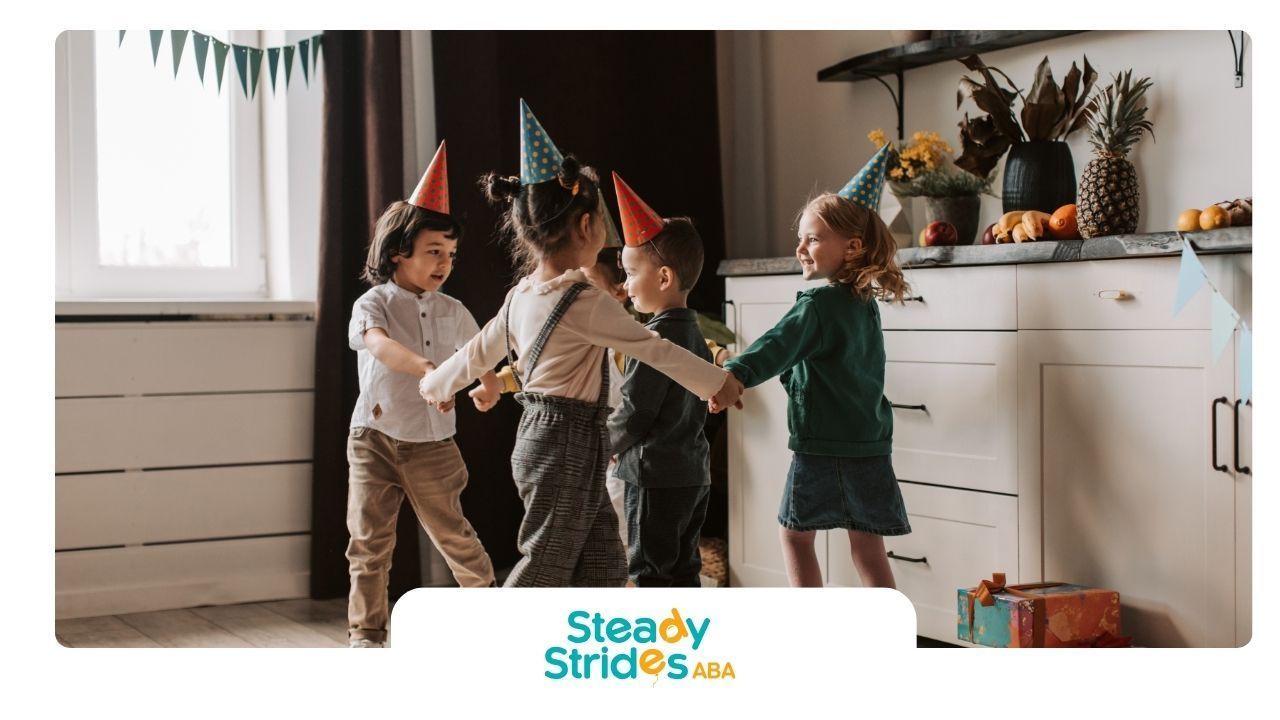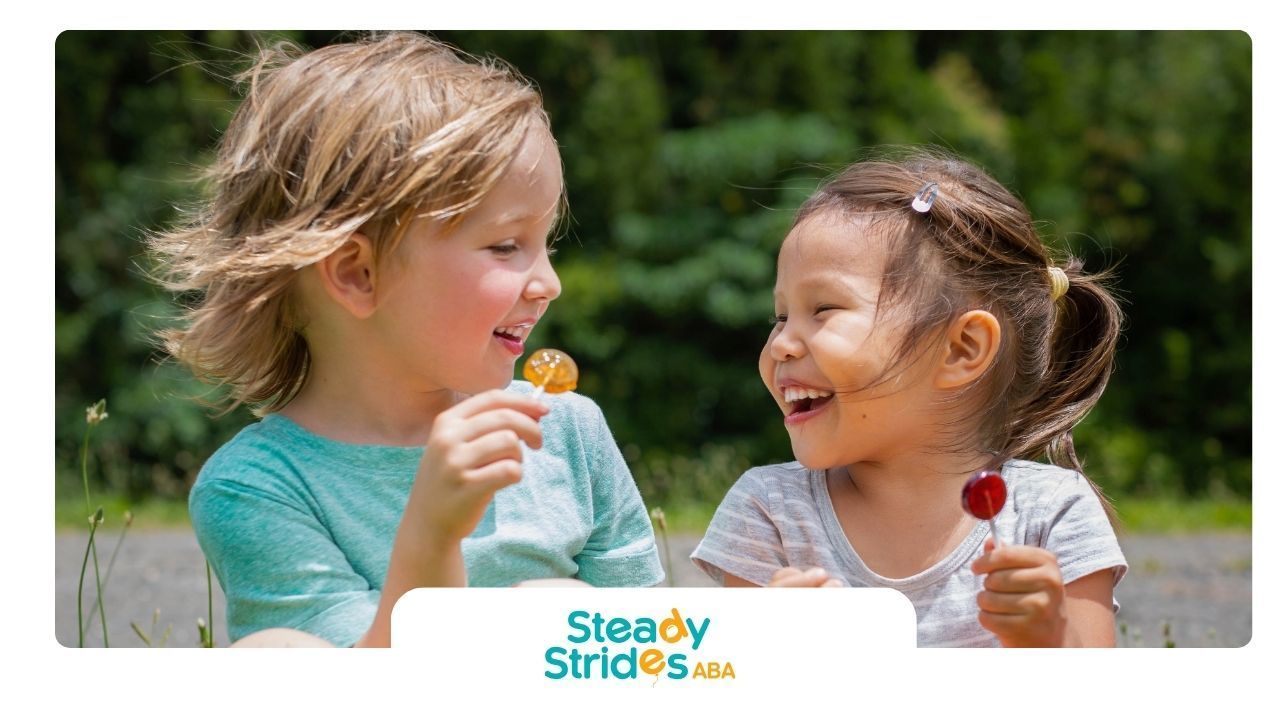Getting to Know Autism
Autism is a condition that affects how people communicate and interact with the world. It shows up in different ways for different folks, making each person's experience unique. Understanding autism helps us create a more inclusive and supportive environment for everyone.
What is Autism?
Autism, or Autism Spectrum Disorder (ASD), usually appears in early childhood. It can impact social skills, communication, and behavior. The term "spectrum" means that the effects of autism can range from mild to severe, and each person with autism has their own set of strengths and challenges.
People with autism might see the world differently, process information in unique ways, and interact with others in ways that are special to them. This variety means that no two people with autism are exactly alike.
Signs of Autism
Autism can show up in many ways, but some common signs include difficulties with social interaction, communication challenges, and repetitive behaviors. Some people with autism might also have sensory sensitivities.
- Social Interaction: People with autism might find it hard to make friends, understand social cues, or engage in back-and-forth conversations. They might avoid eye contact or have limited facial expressions.
- Communication: This can range from delayed speech to unusual speech patterns. Some might struggle with understanding or using verbal and nonverbal communication.
- Repetitive Behaviors: These can include repeated movements, strict routines, intense interests in specific topics, and sensory-seeking or avoiding behaviors.
Remember, autism is diverse, and each person has their own mix of strengths and challenges. Understanding and accepting these differences helps us support individuals with autism better.
By learning more about autism, we can create a world that celebrates the diversity of those on the spectrum. Next, we'll look at how love languages play a role in communication for people with autism.
Love Languages and Autism
Love is a big part of human connection, and for people with autism, expressing and receiving love can be influenced by their sensory experiences. Let's explore how love languages relate to autism.
The Five Love Languages
Dr. Gary Chapman came up with the idea of love languages, which are different ways people show and receive love. The five love languages are:
- Words of Affirmation: Saying or writing encouraging, praising, or appreciative words.
- Acts of Service: Doing helpful things for others.
- Receiving Gifts: Giving and receiving thoughtful presents.
- Quality Time: Spending meaningful time together.
- Physical Touch: Showing love through physical affection like hugs or hand-holding.
These love languages help us understand how people express and interpret love differently.
Love Languages and Autism
People with autism often have unique sensory experiences and communication styles, which can affect their love language preferences. For example, someone with sensory sensitivities might not enjoy physical touch but might appreciate acts of service.
Understanding these preferences and accommodating them is key. Open and compassionate communication helps individuals with autism and their loved ones find meaningful ways to express and receive love.
Next, we'll dive into sensory love languages and how they impact the expression and interpretation of love for people with autism.
Sensory Love Languages
Connecting with people with autism means recognizing their unique sensory experiences. Sensory love languages help us understand how they perceive and respond to sensory input.
Sensory Processing in Autism
Sensory processing is how the nervous system receives and responds to sensory information. People with autism often experience sensory processing differently, which can affect how they perceive and respond to sensory input. This can show up as being overly sensitive or not sensitive enough to certain stimuli.
Sensory Love Languages Explained
People with autism might have different preferences and sensitivities when it comes to sensory input. Understanding these preferences helps us communicate love in ways that are meaningful and comfortable for them.
For more on autism and love languages, check out our article on autism and love languages.
Visual Love Language
The visual love language is all about expressing and receiving love through visual means. For people with autism, this can be a powerful way to connect.
Characteristics of Visual Love Language
People with a visual love language might have a strong preference for visual stimuli. They might have an excellent visual memory, be drawn to colors and patterns, and prefer visual communication methods like pictures or sign language. Many enjoy visual arts like drawing or painting.
Expressing Love through Visual Means
Here are some ways to express love visually:
- Artistic Expressions: Creating and sharing visual art.
- Visual Gifts: Giving aesthetically pleasing or personally significant gifts.
- Appreciating Visual Beauty: Enjoying nature, art galleries, or visually stimulating experiences together.
- Visual Acts of Service: Organizing spaces to create visually pleasing environments.
Understanding the visual love language helps us connect with individuals with autism in meaningful ways.
Auditory Love Language
The auditory love language involves expressing and receiving love through sounds and music. For people with autism, this can be a significant way to connect.
Characteristics of Auditory Love Language
People with an auditory love language might have a deep appreciation for sounds and music. They might be sensitive to sounds, have strong emotional responses to music, and notice intricate details in sounds. Verbal communication might be a preferred way to express and receive love.
Communicating Love through Sounds and Music
Here are some ways to connect through the auditory love language:
- Create a Musical Environment: Surround them with their favorite music.
- Listen and Validate: Show interest in their favorite sounds and music.
- Engage in Musical Activities: Sing, play instruments, or dance together.
- Use Verbal Affirmations: Regularly express love and appreciation through words.
Understanding the auditory love language helps us connect with individuals with autism in meaningful ways.
Tactile Love Language
The tactile love language involves expressing and receiving love through touch and texture. For people with autism, this can be a significant way to connect.
Characteristics of Tactile Love Language
People with a tactile love language might seek out and enjoy various tactile sensations. They might find comfort and emotional connection through physical touch like hugs or holding hands. Understanding and respecting their comfort level with touch is crucial.
Expressing Love through Touch and Texture
Here are some ways to connect through the tactile love language:
- Hugs and Cuddles: Offer warm and gentle physical contact.
- Handholding: Create a sense of connection and support.
- Massage and Deep Pressure: Help them relax and feel grounded.
- Exploring Textures: Encourage exploration of different textures.
- Sensory Play: Engage in activities like playing with sand or water.
Understanding the tactile love language helps us connect with individuals with autism in meaningful ways.
Taste and Smell Love Language
The taste and smell love language involves expressing and receiving love through food and fragrances. For people with autism, this can be a significant way to connect.
Characteristics of Taste and Smell Love Language
People with a taste and smell love language might have heightened sensitivity to tastes and smells. Certain aromas and flavors can evoke strong emotional responses. They might have specific preferences or aversions to certain tastes and smells.
Nurturing Love through Food and Fragrances
Here are some ways to connect through the taste and smell love language:
- Customized Dining Experiences: Consider their taste preferences and sensitivities.
- Cooking Together: Create bonding opportunities through meal preparation.
- Exploring Aromatherapy: Introduce calming or enjoyable scents.
- Thoughtful Gift Selection: Choose fragrances or food items that align with their preferences.
Understanding the taste and smell love language helps us connect with individuals with autism in meaningful ways.
By recognizing and respecting the unique sensory experiences of individuals with autism, we can create meaningful connections and foster a sense of belonging. For more insights, check out our articles on expressing love in autism and understanding love languages in autism.













